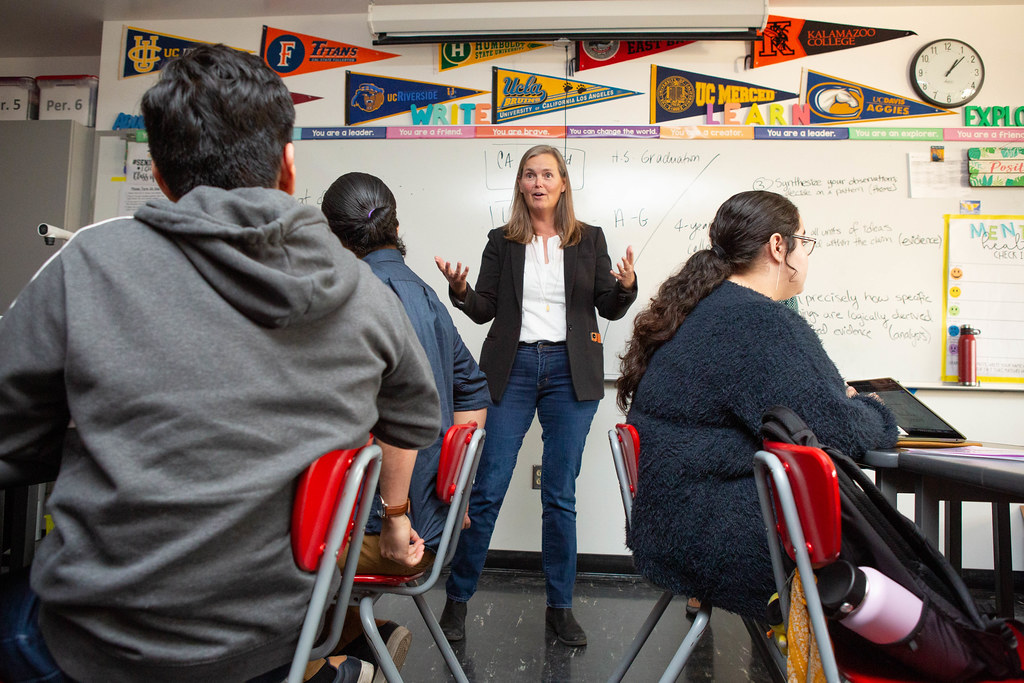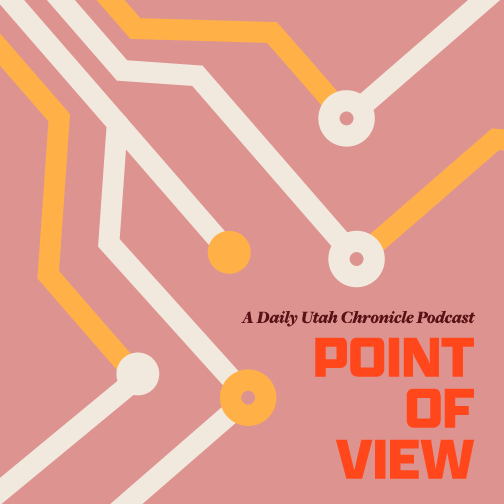In March, Linda Brown, the center of the landmark 1954 Supreme Court decision Brown v. Board of Education, died at age 76. After Brown was denied access to a whites-only school in Topeka, Kansas, her father sued the school district along with 12 other plaintiffs. In a hugely influential decision, the U.S. Supreme Court ruled that school segregation was unconstitutional. The decision, which declared that separate was inherently unequal, was one of the most important steps of progress made in the Civil Rights Movement.
In the wake of Brown’s death, it seems appropriate to consider how segregation has — or has not — changed in the 64 years since the Court’s decision. Unfortunately, segregation still persists in public schools at an alarming rate. After Brown v. Board, legal segregation was eradicated, and many districts, especially in the South, were forced by the federal government to integrate. However, in the past two decades, many schools have been released from desegregation orders. Furthermore, many districts were never truly integrated. Since most school districts are based on geographic boundaries, districts tend to reflect the demographics of decades of discriminatory housing policy, which often categorized neighborhoods based on race. When this legacy combines with government inaction and families resistant to the often-difficult task of building equity, public education in the United States remains alarmingly separate and unequal. Journalist Emmeline Zhao said, “80 percent of Latino students and 74 percent of black students are in schools where the majority of students are not white.”
This trend is troubling for a number of reasons. First, integration has been shown to improve educational outcomes. Robert Johnson at the University of California, Berkeley, found that students at integrated schools are more likely to graduate and earn higher wages. His study is one of many that links integration with notable improvements in education and quality of life. Because blacks still lag behind their white counterparts in college graduation rates, wage earnings and employment, a truly integrated educational system could go a long way to address this country’s legacy of racism and inequality.
The benefits of true integration go beyond test scores and economic calculations. This issue is one of justice — and the current system of segregation is one of the seemingly endless reminders that this country fails to value black and brown lives. One of the key arguments in Brown concerned the psychological impacts of segregation: when black students were isolated, demonized and devalued, they naturally internalized the message that they were inferior. Fighting the legacy of segregation would be a meaningful step toward rebuking that message — and a more diverse public system would lead to a more tolerant and understanding society.
For many (mostly white, mostly upper class) families, the status quo is beneficial, and striving for lasting integration may involve sacrificing some privilege. It may require policies that are inconvenient, like bussing programs. And, if recent examples are any indication, it may dredge up racial attitudes we would like to believe were left behind in the 1960s. But, meaningful desegregation is more than just a good policy idea — it is a moral imperative for all Americans.























Roslyn Mickelson • Jun 7, 2018 at 11:49 am
Economist and public policy scholar Rucker C. Johnson is the name of the UC Berkeley scholar whose work demonstrates the multigenerational value of desegregation.
Also this K-16 Diversity in Education website has detailed abstracts of about 600 studies that document the academic and non-academic benefits of diverse schools for all students.
https://k16diversity.uncc.edu/